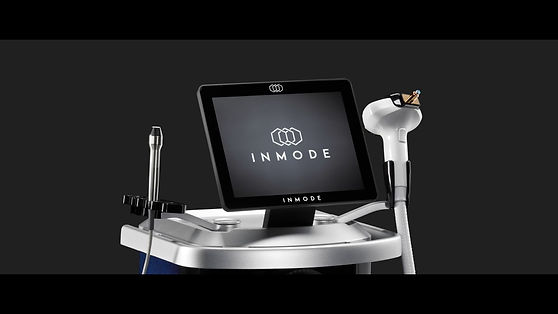

Dry eye treatment:
IPL
(Intense Pulsed Light)
In-office dry eye therapy at our Markham Clinic
Breakthrough in dry eye treatment
IPL (Intense Pulsed Light) & Radiofrequency are non-invasive, in-office dry eye eye treatments. Our Markham clinic offers these types of technologies. Procedures can be combined together or separately to produce long-lasting dry eye relief to our patients. Schedule your dry eye consultation and put a stop to your persistent dry eyes.
What makes IPL (Intense Pulsed Light) effective in treating dry eyes?
Intense Pulsed Light technology is designed to treat dry eyes, by targeting meibomian gland functioning. Energy is transferred precisely, timely, and uses calibrated light pulses delivered to the skin around the eyes. This is a breakthrough in dry eye treatment to control inflammation and stimulate the meibomian glands, and as a result, signals it to regenerate, improve oil secretion, and stabilize the tear film.

This effective treatment targets all aspects of Meibomian Gland Dysfunction by:
- improving gland function
- unclogging glands
- preserving gland structure
- preventing gland atrophy
- reducing inflammation
- restoring tear quality
- offering relief from dry eyes
What causes dry eyes?
Although dry eye disease can be complex, one of the most common causes of chronic dry eyes is Meibomian Gland Dysfunction (MGD), which can cause poor oil secretion. As a result, the compromised lipid layer leads to unstable tear film, excessive loss of tears or insufficient production.
Dry eye symptoms include:
- burning
- redness
- light sensitivity
- itching
- blurred vision
- eye fatigue
- and other discomforts
Results from IPL treatment
IPL (Intense Pulsed Light), delivers targeted light energy to the skin around the eyes. This well-known technology, commonly used by dermatologist and originally designed in treating rosacea and acne, also helps to reduce inflammation and prevent abnormal blood vessel growth, thus reducing dry eye symptoms that can be caused by blepharitis and ocular rosacea.
In studies when IPL is used, the results show immediate improvement such as tear film stability, significant reduction of eye lid inflammation, and with improved scenarios over course of months and regular sessions. Therefore, with a few sessions, it can restore the normal activity of the meibomian glands with very rapid improvement for the patient from the very first session. Some patients experience additional benefits of wrinkle and hyper-pigmentation improvement from multiple sessions.
Walk me through the IPL procedure:
1. The patient is resting comfortably in treatment chair.
2. Safety eye wear is provided for the patient and to be worn at all times.
3. Optical gel is applied generously along treatment areas (this includes the under eye, cheekbone, and into the temporal areas.
4. A series of flashes will be given on each eye during the session. Four to five flashes will be applied under the eye area (just above the cheeks) of one eye, starting from inner to outer and repeat on the other eye. It takes about a few minutes to complete.
5. Once treatment is complete, gel is cleaned off and eye protection is removed.
* For some individuals with more skin sensitivity, it is recommended to wear sun protection (Ie. sunglasses, hat, and/or sunscreen) and avoid direct sunlight/ tanning immediately after session.


Is IPL the right treatment for my dry eyes?
-
You have persistent or chronic dry eye symptoms
-
Other treatments, like eye drops, warm compress, etc, have not provided long-term relief
-
You have Meibomian Gland Dysfunction (MGD)
-
IPL is not recommended for those that:
- are pregnant
- have a pacemaker
- have darker skin tone (level 6)
-
Consult with physician before IPL if:
- have history of epilepsy
- take photosensitive medication
- undergoing dermatological skin resurfacing treatments
Please note: -
Dry eye disease is rather complex and often involve the lacrimal glands, eyelids, and tear film. The functioning of the ocular surface tissues such as epithelial, inflammatory, immune, and goblet cells are also important in the recovery of dry eye disease. Other causes of dry eye disease can be due to acute or chronic preexisting health conditions, hormonal changes, long-term medication use, and other health issues that should be co-managed with your family physician.
